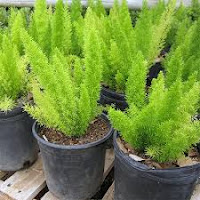Hello Everyone
Its tall ,colorful and elegant spike makes it irresistible and beautiful cut flowers are used for bouquets.Gladiolus corms have a brown fiber wrapper with a small flat bottom. Sometimes they already have pointy shoots showing at the top.
How to plant gladiolus
Its tall ,colorful and elegant spike makes it irresistible and beautiful cut flowers are used for bouquets.Gladiolus corms have a brown fiber wrapper with a small flat bottom. Sometimes they already have pointy shoots showing at the top.
How to plant gladiolus
- Gladiolus prefer well-drained and even sandy soil with sunny site.
- Plant the gladiolus deeper than usual because they have a tall sheaf of leaves.
- This will help them to face strong winds that might blow them over to the ground.
- You should start your planting of your gladiolus in mid-spring. From that point, make some new plantings every two weeks. on hills, But on plains it should be planted in last of august.
- They take 70-100 days to grow and flower so planting every couple of weeks gives you flowers right on through summer.You to take special care for very hot climate ,you have to keep in shade if its too hot and sunny for blooming in summer.
- If these flowers will be exposed to wind, you will definitely want to stake them.
- Stop planting your gladiolus in summer, around mid-July in hills and in plains stop planting in December.. Keep your gladiolus watered well during their growing period and mulch the soil to keep the soil moist.
Plant propagation can be done by root division.see it in detail.
When the blooming cycle is over remove the corm from the soil and store it. The same method is used as dahlia tubers are saved corns are also saved. Save .
When the blooming cycle is over remove the corm from the soil and store it. The same method is used as dahlia tubers are saved corns are also saved. Save .

















